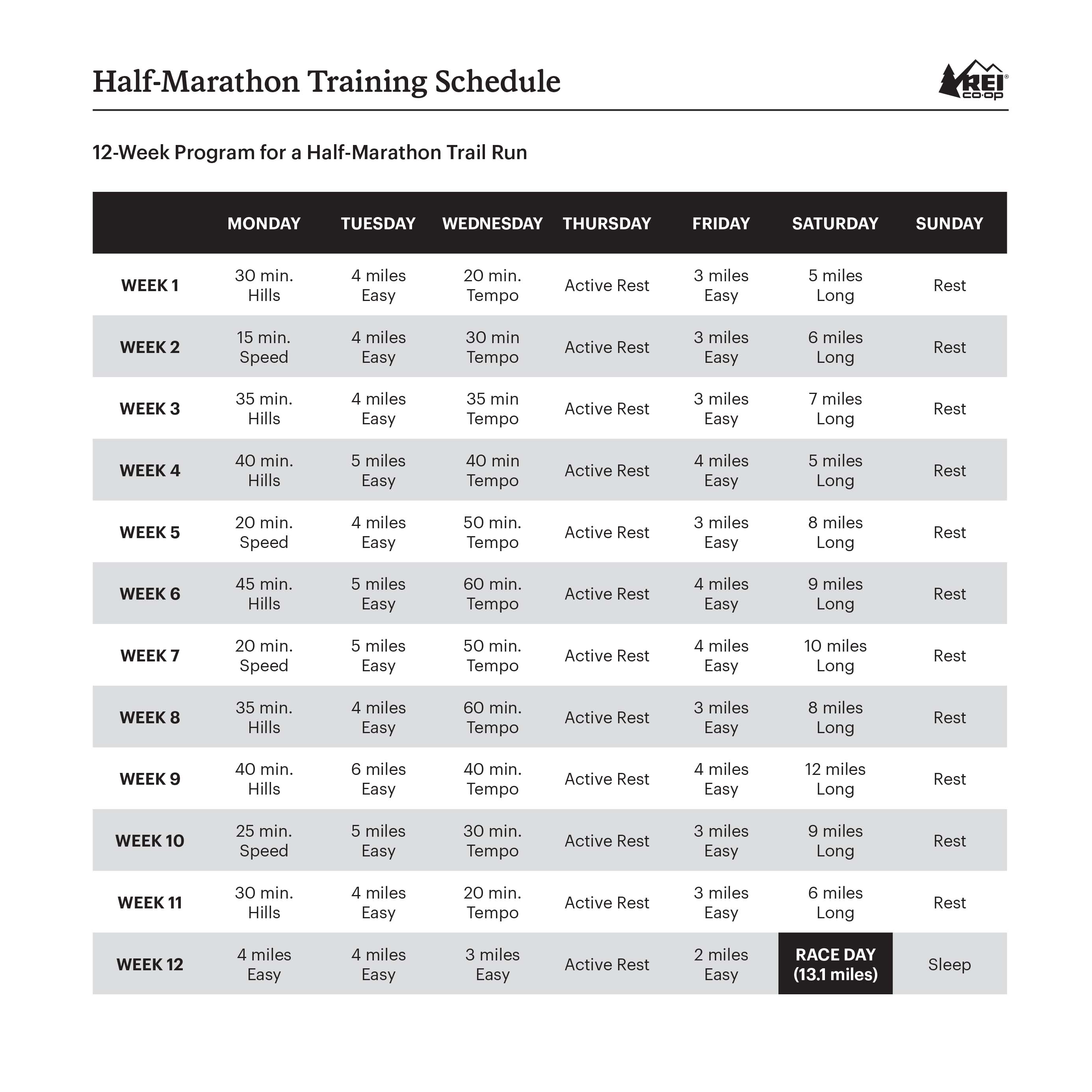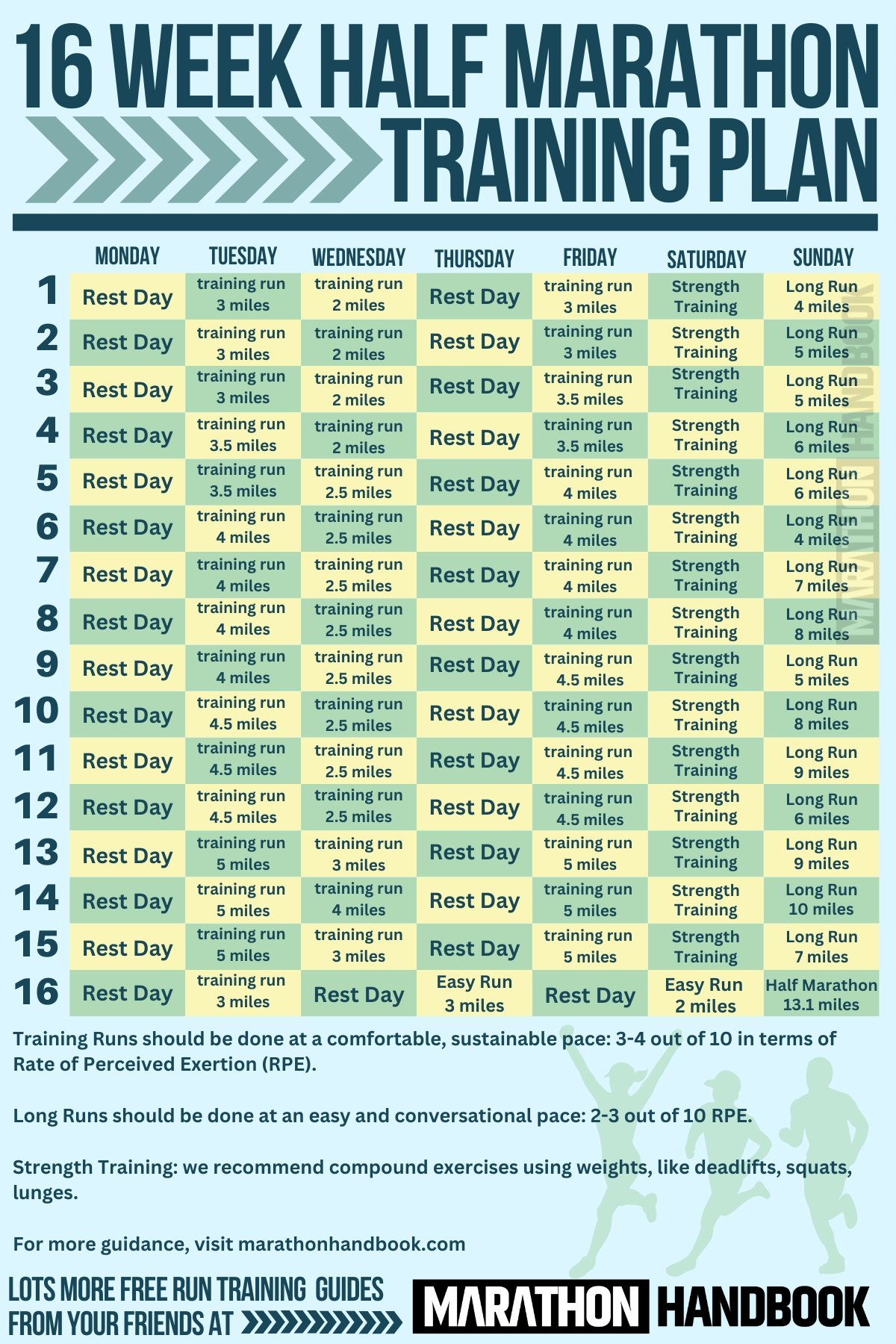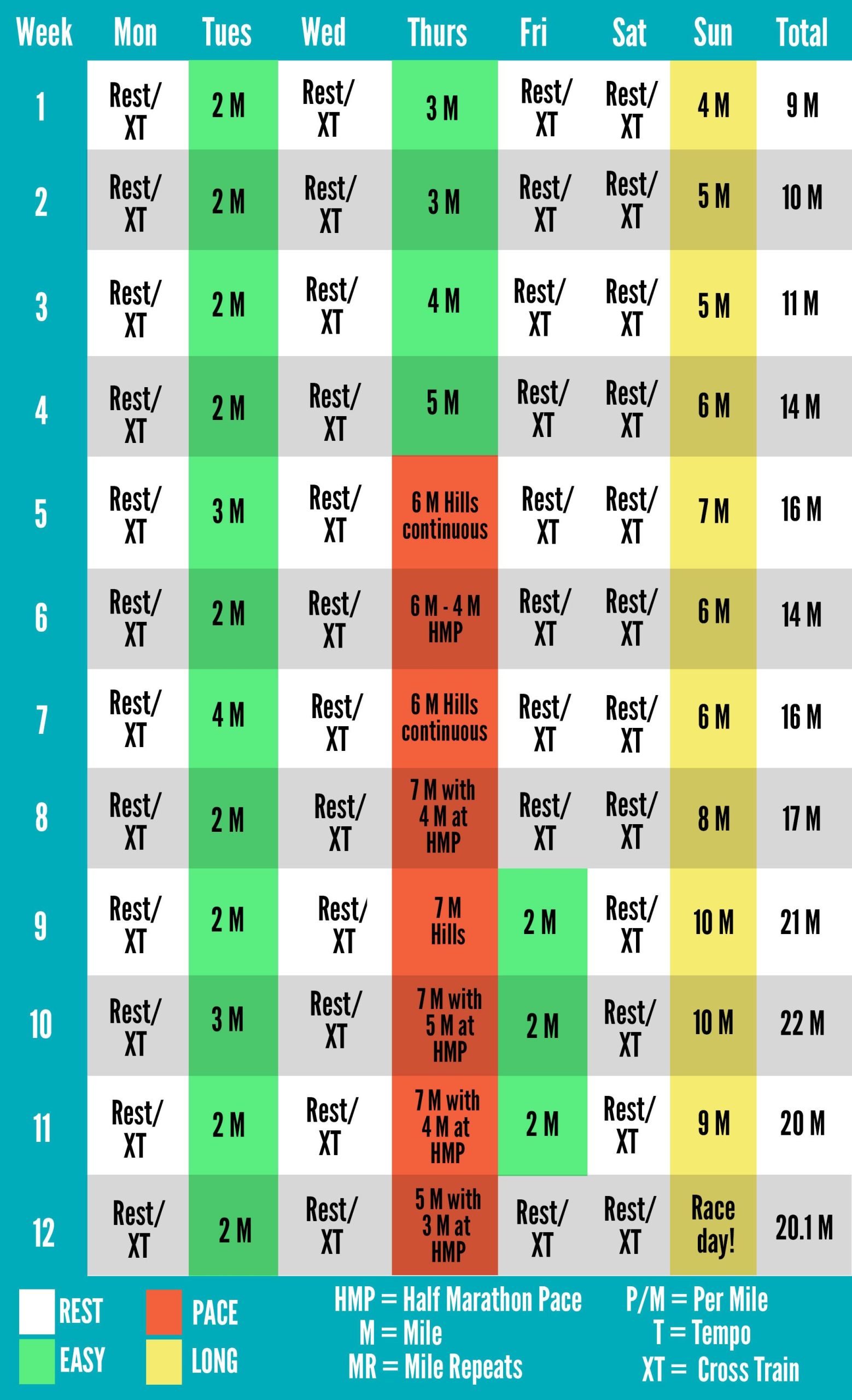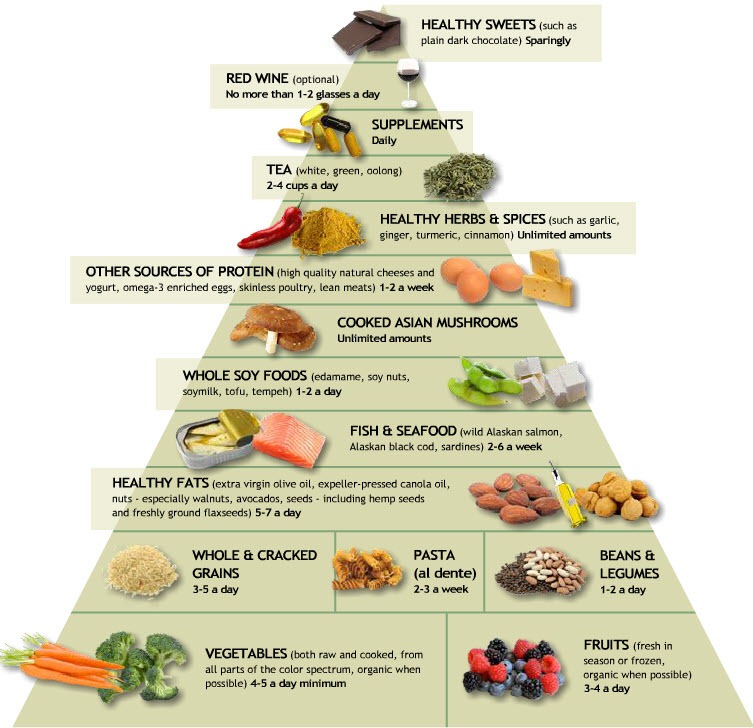How to Make a Half Marathon Training Plan
To make a half marathon training plan, create a schedule that gradually increases both distance and intensity of your runs over time. The plan should include a mix of running, cross-training, and rest days to prevent injury and promote recovery.

Credit: www.rei.com
Setting Your Goals
Setting goals is a crucial step in creating a successful half marathon training plan. By clearly defining your objectives, you can tailor your training to suit your specific needs and abilities.
Assessing Your Current Fitness Level
This involves evaluating your cardiovascular endurance, muscular strength, and overall physical condition.
- Check how far you can comfortably run currently.
- Assess your strength and flexibility levels.
- Consider any past injuries or health issues.
Defining Your Half Marathon Goal
When setting your goal, ensure it is challenging yet attainable. This will keep you motivated throughout your training.
- Determine your target finish time.
- Consider factors like terrain and weather conditions.
- Set both short-term and long-term goals to track progress.
Planning Your Training Schedule
Crafting a half marathon training plan requires careful consideration of your current fitness level and goals. Start by outlining your weekly schedule, incorporating a mix of running, cross-training, and rest days. Ensure gradual progression to build endurance and prevent injury, and consider seeking guidance from a coach or using online resources for support and accountability.
Selecting The Length Of Your Training Plan
When you decide to train for a half marathon, one of the first things you need to determine is the length of your training plan. The ideal length will depend on your current fitness level and experience with running. It’s important to give yourself enough time to gradually build up your endurance and avoid injury. A typical half marathon training plan lasts anywhere from 10 to 16 weeks, but you can adjust this based on your individual needs and goals. If you’re a beginner or have never run a half marathon before, it’s generally recommended to choose a longer training plan to allow for a more gradual progression.
Choosing Your Training Days
Selecting the right training days is crucial for an effective half marathon training plan. Ideally, you should aim for a balanced schedule that incorporates both running and rest days. This will give your body time to recover and reduce the risk of overtraining. When choosing your training days, consider your other commitments and schedule, so you can ensure consistency throughout your training. Avoid consecutive intense training days to prevent burnout and give your body enough time to recover. It’s also beneficial to include cross-training activities on certain days to improve your overall fitness and prevent boredom.
One popular approach is to follow a three-day running schedule, which typically includes two shorter runs during the week and a longer run on the weekend. This allows for adequate rest days in between runs while still giving you the opportunity to gradually increase your mileage. However, feel free to modify this schedule based on your personal preferences and availability. Remember, it’s important to listen to your body and make adjustments if needed.
Here’s an example of a three-day running schedule:
| Day | Activity |
|---|---|
| Monday | Rest day or cross-training |
| Tuesday | Short run (30 minutes) |
| Wednesday | Rest day or cross-training |
| Thursday | Short run (30 minutes) |
| Friday | Rest day or cross-training |
| Saturday | Long run (gradually increasing distance) |
| Sunday | Rest day |
Remember, this is just an example, and you can adjust the schedule to fit your preferences. The key is to have a structured plan that allows for gradual progression and proper rest.
Designing Your Workouts
Craft a half marathon training plan by structuring workouts strategically, focusing on distance, speed, and recovery. Incorporate cross-training and rest days for a balanced routine leading up to race day. Adjust intensity and volume gradually to prevent burnout and enhance performance.
Incorporating Different Types Of Runs
When designing your half marathon training plan, it’s crucial to incorporate a variety of runs to maximize your performance and build endurance. Consider including the following types of runs:
- Long Runs: These runs gradually increase in distance, building up your stamina and mental fortitude.
- Tempo Runs: These faster-paced runs help improve your lactate threshold and train your body to maintain a steady pace.
- Interval Runs: By alternating between high-intensity efforts and recovery periods, interval runs enhance your speed and aerobic capacity.
- Recovery Runs: These shorter, slower runs aid in active recovery and reduce muscle soreness between more intense workouts.
Integrating Strength And Cross-training
A well-rounded half marathon training plan should not only focus on running but also incorporate strength exercises and cross-training activities. This integration helps prevent injuries, improves overall body strength, and increases running efficiency. Consider the following:
- Strength Training: Incorporate exercises such as lunges, squats, planks, and hip strengthening movements to target key muscle groups used in running.
- Cross-Training: Engaging in activities like cycling, swimming, or yoga can provide cardiovascular benefits, aid in recovery, and prevent overuse injuries.
- Rest Days: Don’t overlook the importance of rest days. They allow your body to recover and adapt to the training stress, reducing the risk of burnout and injury.
:max_bytes(150000):strip_icc()/12-WeelMarathonPlan_1-3009565b53274123a29383ebb2ef54f4.jpg)
Credit: www.shape.com
Managing Nutrition And Rest
When training for a half marathon, managing nutrition and rest are essential elements that often get overlooked. By creating a proper nutrition plan and emphasizing the importance of rest, you can optimize your training and performance.
Creating A Nutrition Plan
Plan your meals strategically to ensure you’re getting the right balance of carbohydrates, proteins, and fats.
Include plenty of fruits and vegetables to provide essential vitamins and minerals for energy and recovery.
Stay hydrated by drinking water regularly throughout the day and during your training sessions.
Emphasizing The Importance Of Rest
Listen to your body and prioritize rest days to allow for proper recovery and injury prevention.
Get an adequate amount of sleep each night to support muscle repair and overall performance.
Cross-training on rest days can help prevent burnout and keep your body in balance.
Monitoring Progress And Making Adjustments
Monitoring your progress and making adjustments is an essential part of your half marathon training plan. It allows you to track your performance and make necessary changes to ensure you are prepared for race day. Here are the key steps to monitoring progress and making adjustments in your training plan:
Tracking Your Performance
Tracking your performance is crucial to understanding your progress and identifying areas for improvement. Keep a record of your running times, distances, and how you feel after each training session. You can use a running app or a training log to monitor your progress over time.
Adjusting Your Plan As Needed
As you follow your half marathon training plan, it’s important to listen to your body and be flexible with your training schedule. If you are feeling fatigued or experiencing pain, don’t be afraid to adjust your plan. This could mean adding rest days, reducing the intensity of your workouts, or seeking guidance from a coach or healthcare professional.

Credit: marathonhandbook.com
Frequently Asked Questions For How To Make A Half Marathon Training Plan
How Many Weeks Should You Train For A Half Marathon?
Most training plans for a half marathon range from 8 to 12 weeks.
How Do You Structure A Marathon Training Plan?
To structure a marathon training plan, follow these steps: 1. Set goals for the race and define the timeline for training. 2. Gradually increase mileage and intensity over time. 3. Incorporate different types of runs, including long runs, tempo runs, and speed workouts.
4. Allow for adequate rest and recovery days. 5. Adjust the plan as needed based on progress and listen to your body throughout the training process.
How Do I Get In Shape For A Half Marathon?
To get in shape for a half marathon, focus on regular running, cross-training, strength training, and a balanced diet. Gradually increase mileage, rest adequately, and stay hydrated for optimal performance.
Conclusion
As you craft your half marathon training plan, remember to keep it tailored to your abilities and goals. Consistency matters, and gradual progression is key to success. Stay mindful of rest and recovery to avoid burnout. With dedication and smart planning, you’ll be ready to conquer the half marathon race.







